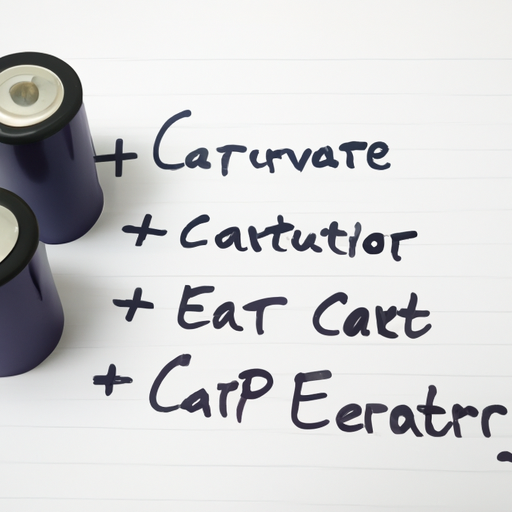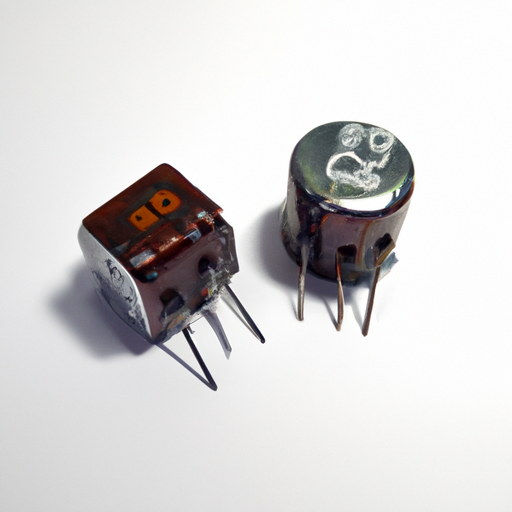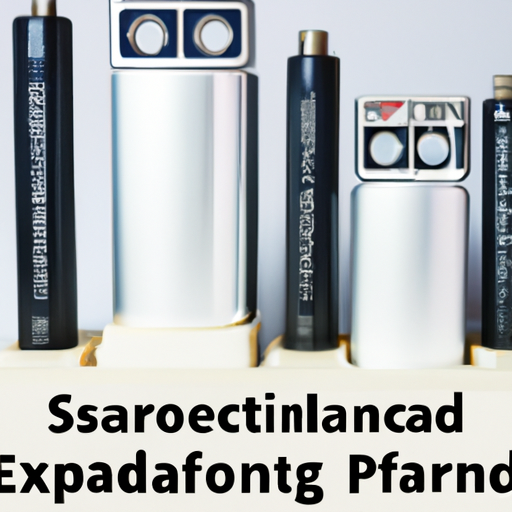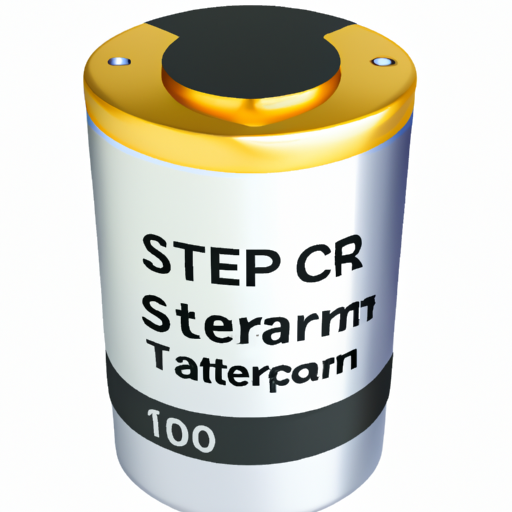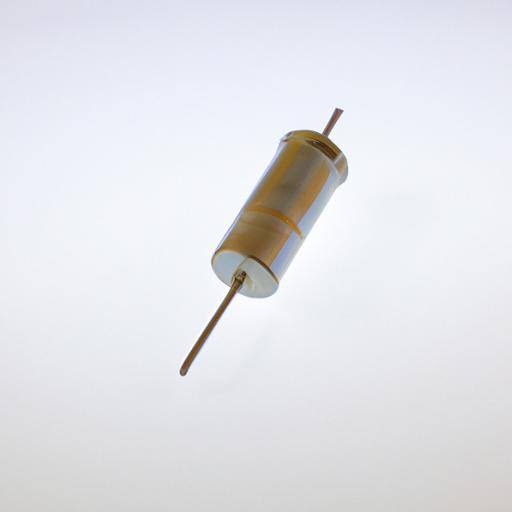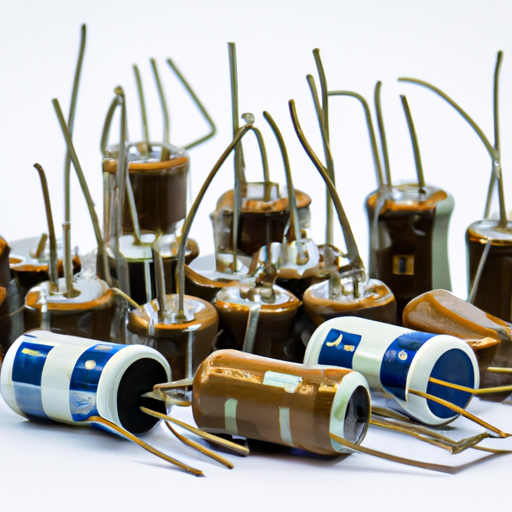What is the Capacitor Formula?
I. Introduction
Capacitors are fundamental components in electrical circuits, playing a crucial role in storing and releasing electrical energy. They are widely used in various applications, from power supply smoothing to signal processing in electronic devices. Understanding the capacitor formula is essential for anyone working with electronics, as it provides insight into how capacitors function and how they can be effectively utilized in circuit design. In this blog post, we will explore the capacitor formula, its derivation, applications, and limitations, providing a comprehensive overview of this vital electronic component.
II. Understanding Capacitors
A. Basic Components of a Capacitor
A capacitor consists of two conductive plates separated by an insulating material known as a dielectric. The plates store electrical charge, while the dielectric affects the capacitor's ability to store that charge.
1. **Plates**: The conductive plates are typically made of metal and are where the electrical charge accumulates. When a voltage is applied across the plates, one plate becomes positively charged, while the other becomes negatively charged.
2. **Dielectric Material**: The dielectric is a non-conductive material that increases the capacitor's capacitance by allowing it to store more charge at a given voltage. Common dielectric materials include air, ceramic, plastic, and electrolytic substances.
B. Types of Capacitors
Capacitors come in various types, each suited for specific applications:
1. **Ceramic Capacitors**: These are small, inexpensive, and widely used in electronic circuits for decoupling and filtering applications.
2. **Electrolytic Capacitors**: Known for their high capacitance values, these capacitors are polarized and often used in power supply circuits.
3. **Tantalum Capacitors**: Similar to electrolytic capacitors but with better stability and reliability, tantalum capacitors are used in applications requiring compact size and high capacitance.
4. **Film Capacitors**: These capacitors use a thin plastic film as the dielectric and are known for their stability and low loss, making them suitable for audio and high-frequency applications.
C. Applications of Capacitors in Various Fields
Capacitors are used in a wide range of applications, including:
Power Supply Smoothing: Capacitors help smooth out voltage fluctuations in power supplies, ensuring a stable output.
Timing Circuits: In oscillators and timers, capacitors work with resistors to create time delays.
Signal Processing: Capacitors filter out unwanted frequencies in audio and radio applications.
Energy Storage: Capacitors store energy for quick release in applications like flash photography and electric vehicles.
III. The Capacitor Formula
A. Basic Formula for Capacitance
The fundamental formula for capacitance is expressed as:
\[ C = \frac{Q}{V} \]
Where:
- \( C \) is the capacitance in farads (F),
- \( Q \) is the charge stored in coulombs (C),
- \( V \) is the voltage across the capacitor in volts (V).
This formula indicates that the capacitance of a capacitor is directly proportional to the amount of charge it can store and inversely proportional to the voltage across it.
B. Units of Capacitance
Capacitance is measured in farads (F), which is a relatively large unit. In practice, capacitors are often rated in smaller subunits:
1. **Microfarads (µF)**: \( 1 \, \text{µF} = 10^{-6} \, \text{F} \)
2. **Nanofarads (nF)**: \( 1 \, \text{nF} = 10^{-9} \, \text{F} \)
3. **Picofarads (pF)**: \( 1 \, \text{pF} = 10^{-12} \, \text{F} \)
These smaller units are commonly used in electronic components due to the practical sizes of capacitors in circuits.
IV. Derivation of the Capacitor Formula
A. Explanation of Charge Storage in Capacitors
When a voltage is applied across the plates of a capacitor, electrons accumulate on one plate, creating a negative charge, while the other plate loses electrons, resulting in a positive charge. The amount of charge stored is proportional to the voltage applied.
B. Relationship Between Charge, Voltage, and Capacitance
The relationship between charge, voltage, and capacitance can be understood through the concept of electric field strength and the physical characteristics of the capacitor. The electric field created between the plates allows for the storage of charge.
C. Mathematical Derivation of the Formula
The capacitance can be derived from the definition of electric field and potential difference. The electric field \( E \) between two plates is given by:
\[ E = \frac{V}{d} \]
Where \( d \) is the distance between the plates. The charge \( Q \) stored on the plates can be expressed as:
\[ Q = \varepsilon A E \]
Where:
- \( \varepsilon \) is the permittivity of the dielectric material,
- \( A \) is the area of the plates.
Substituting \( E \) into the equation for \( Q \) gives:
\[ Q = \varepsilon A \frac{V}{d} \]
Rearranging this leads to the formula for capacitance:
\[ C = \frac{Q}{V} = \frac{\varepsilon A}{d} \]
This shows that capacitance depends on the physical characteristics of the capacitor.
V. Factors Affecting Capacitance
Several factors influence the capacitance of a capacitor:
A. Plate Area
The larger the area of the plates, the greater the capacitance. This is because a larger area allows for more charge to be stored.
B. Distance Between Plates
The distance between the plates inversely affects capacitance. Closer plates result in a stronger electric field and higher capacitance.
C. Dielectric Material
The type of dielectric material used also plays a significant role. The dielectric constant (\( \kappa \)) of the material affects how much charge can be stored. The formula can be modified to:
\[ C = \frac{\kappa \varepsilon_0 A}{d} \]
Where \( \varepsilon_0 \) is the permittivity of free space. A higher dielectric constant means greater capacitance.
VI. Practical Applications of the Capacitor Formula
A. Circuit Design and Analysis
Understanding the capacitor formula is essential for designing circuits. Engineers use it to calculate the required capacitance for specific applications, ensuring that circuits function as intended.
B. Energy Storage in Power Systems
Capacitors are used in power systems to store energy and provide quick bursts of power when needed, such as in electric vehicles and renewable energy systems.
C. Signal Processing in Electronics
In signal processing, capacitors filter out noise and unwanted frequencies, allowing for clearer signals in audio and communication systems.
D. Timing Applications in Oscillators and Filters
Capacitors are integral to timing circuits, where they work with resistors to create precise time delays, essential in oscillators and filters.
VII. Limitations of the Capacitor Formula
A. Non-Ideal Behavior of Real Capacitors
Real capacitors do not behave ideally. Factors such as leakage current and equivalent series resistance (ESR) can affect performance, especially at high frequencies.
B. Frequency Response and Reactance
Capacitors exhibit frequency-dependent behavior. At higher frequencies, capacitive reactance decreases, which can lead to unexpected circuit behavior.
C. Temperature Effects on Capacitance
Capacitance can vary with temperature changes. Some capacitors may experience significant changes in capacitance with temperature fluctuations, affecting circuit performance.
VIII. Conclusion
The capacitor formula is a fundamental concept in electronics, providing insight into how capacitors function and their role in various applications. Understanding this formula allows engineers and hobbyists alike to design effective circuits and utilize capacitors to their full potential. As technology advances, the development of new capacitor materials and designs will continue to enhance their performance and applications. For those interested in electronics, further study of capacitors and their formulas is highly encouraged, as it opens the door to a deeper understanding of electrical systems.
IX. References
For those looking to delve deeper into the world of capacitors and their formulas, consider exploring the following resources:
1. "The Art of Electronics" by Paul Horowitz and Winfield Hill
2. "Fundamentals of Electric Circuits" by Charles Alexander and Matthew Sadiku
3. Online courses on electronics and circuit design from platforms like Coursera or edX
4. Manufacturer datasheets for specific capacitor types for practical insights and specifications.
By understanding the capacitor formula and its applications, you can enhance your knowledge and skills in electronics, paving the way for innovative designs and solutions.

